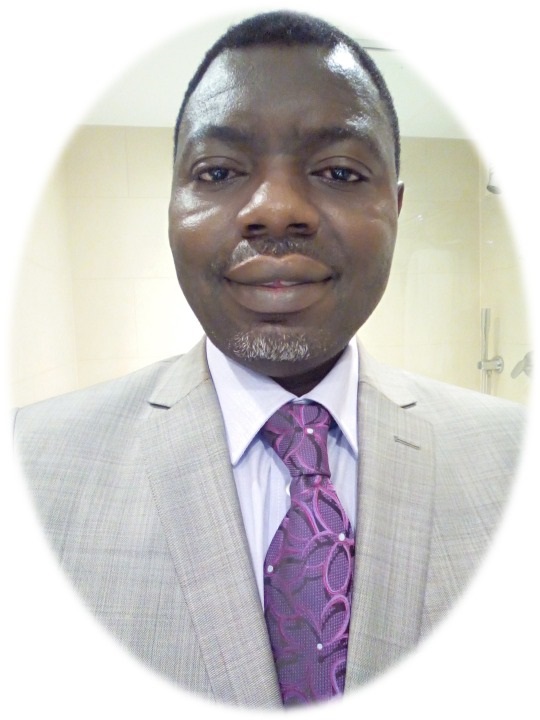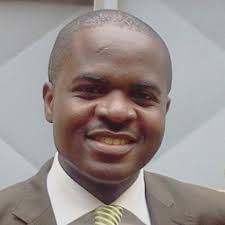The radiology report: a clinician and a radiologist perspective in a resource-limited setting.
DOI:
https://doi.org/10.55715/jaim.v17i1.750Abstract
Aim: Compare the opinions and expectations of radiologists and referring clinicians regarding the radiology report and to identify trends, discordance and concordance of the views.
Methods: Twelve months cross sectional study at teaching hospitals in Yaounde involving specialist or specializing clinicians and radiologists. Participants were asked to give their opinion, views, and expectations concerning the radiology reports according to a five tiered Likert scale.
Results: 86/120 completed forms corresponding to 72% response rate. Respondents strongly agreed that the radiology report was indispensable to medical practice and that radiologists were best positioned to interpret images. They recognized that a patient's medical condition and clinical questions were important in establishing a high-quality report. Additionally, respondents generally expressed great satisfaction with the reports they received and showed a preference for structured reporting. Clinicians believed that learning to report should have been an obligatory and well-structured part of radiologists' training.
Conclusion : Effective radiology reporting is essential for patient care, requiring clinical context, structured formats for simple exams, and dedicated training to ensure accuracy and clarity.
Résumé
Objectif : Comparer les opinions et les attentes des radiologues et des cliniciens référents concernant le compte rendu radiologique et identifier les tendances, les discordances et les concordances des points de vue.
Méthodes : Étude transversale de douze mois dans des hôpitaux universitaires de Yaoundé impliquant des cliniciens et radiologues spécialistes ou en spécialisation. Les participants étaient invités à donner leur opinion et leurs attentes concernant les rapports de radiologie selon une échelle de Likert à cinq niveaux.
Résultats : Le taux de réponse au questionnaire était de 72% (86/120). La très grande majorité des personnes interrogées conviennent que le compte-rendu de radiologie est indispensable à la pratique et que les radiologues sont les mieux placés pour interpréter les images. Les informations cliniques étaient jugées importantes pour rédiger un bon compte-rendu. Les personnes interrogées se sont généralement montrées très satisfaites des comptes rendus qu'elles reçoivent et étaient favorables aux comptes rendus structurés. Les cliniciens pensaient qu’apprendre à rédiger un compte-rendu devrait être une partie obligatoire de la formation des radiologues.
Conclusion : Un compte rendu radiologique efficace est essentiel aux soins des patients, nécessitant un contexte clinique, des formats structurés pour les examens simples et une formation dédiée afin de garantir précision et clarté.
Downloads
References
. Grieve FM, Plumb A A, Khan SH. Radiology reporting: a general practitioner’s perspective. Br J Radiol. 2010 Jan;83(985):17–22.
Surveys R. n HEALTH POLICY AND PRACTICE The Radiology Report as Seen by Radiologists and Referring Clinicians: Results of the COVER Purpose: Methods: Results: Health policy and practice. 2011;259(1).
Radiologic Reporting: structure. AJR 1983 140(1) :171–2.
Goergen SK, Pool FJ, Turner TJ, Grimm JE, Appleyard MN, Crock C, et al. Evidence-based guideline for the written radiology report: methods, recommendations and implementation challenges. J Med Imaging Radiat Oncol. 2013; 57(1):1–7.
Hall FM. The Radiology Report of the future. Radiology 2009; 251(2):313–6.
Hall FM. Language of the radiology report: primer for residents and wayward radiologists. AJR Am J Roentgenol. 2000 Nov; 175(5):1239–42.
Mcloughlin RF, Society R. Radiology Descriptive Reports: How Much Detail Is Enough? AJR 1995 165(2):803-06.
Weiner SN. Radiology by Nonradiologists: Is Report Documentation Adequate? 11(12):781–5.
Moifo B, Martial NK, Tebere H, Moulion JR, et al. Pertinence des Indications d’Examens d ’ Imagerie Médicale à Yaounde - Cameroun. Health sciences and diseases. 2013.14(12):1–8.
Society E. Good practice for radiological reporting. Guidelines from the European Society of Radiology (ESR). Insights Imaging. 2011 2(2):93–6.
Weiss DL, Langlotz CP. Structured reporting: patient care enhancement or productivity nightmare? Radiology 2008 249(3):739-47
Weiss DL, Langlotz CP. Structured reporting: patient care enhancement or productivity nightmare? Radiology. 2008 Dec; 249(3):739–47.
Krupinski E a, Hall ET, Jaw S, Reiner B, Siegel E. Influence of radiology report format on reading time and comprehension. J Digit Imaging. 2012(Dec) 25(1):63–9.
Downloads
Published
Versions
- 2025-04-02 (3)
- 2025-04-02 (2)
- 2025-04-01 (1)
How to Cite
Issue
Section
License

This work is licensed under a Creative Commons Attribution-NonCommercial-ShareAlike 4.0 International License. Copyright @2017. This is an open-access article distributed under the terms of the Creative Commons Attribution-NonCommercial-ShareAlike 4.0 International License (http://creativecommons.org/licenses/by-nc-sa/4.0/) which permits unrestricted non-commercial used, distribution and reproduction in any medium






